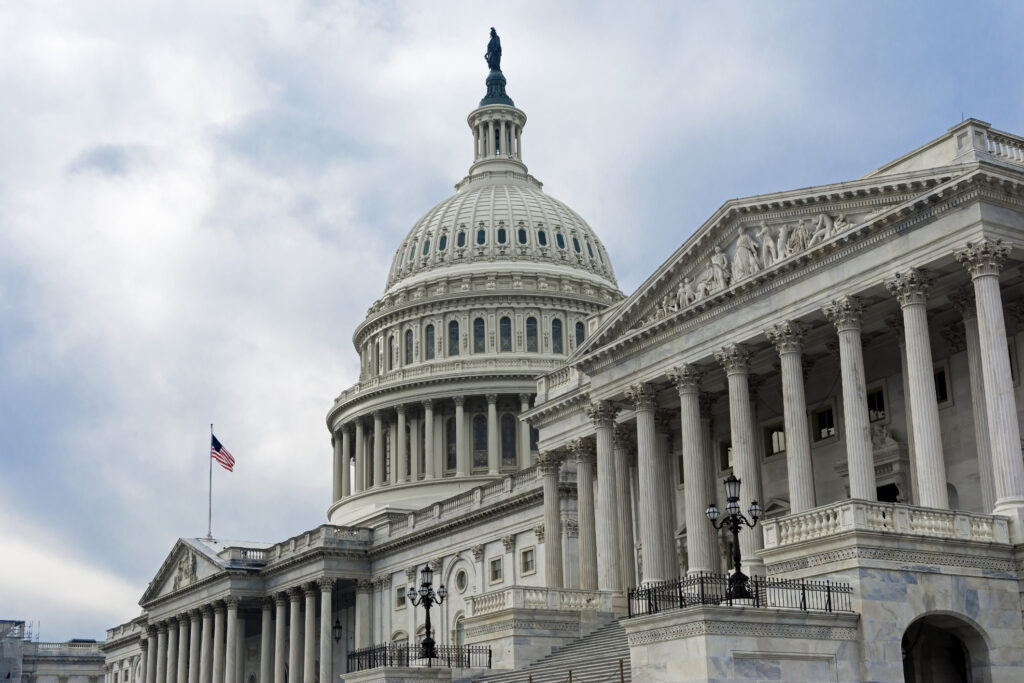Manufacturers try to quantify cost of growing regulation

A new study attempts to quantify what many U.S. manufacturers have felt for decades: Government regulations are weighing them down, the Washington Business Journal reports.
The report comes as a federal appeals court this week gave utilities and manufacturers relief, at least temporarily, from one of the regulations cited in the study: an Environmental Protection Agency regulation that would impose stricter emissions standards on many coal-fired power plants.
Manufacturers’ cost of complying with major regulations has grown by average of 7.6 percent a year over the past 30 years, according to a study commissioned by the Manufacturers Alliance for Productivity and Innovation. That’s more than three times the average annual growth rate for the U.S. economy.
Government regulations are one of the key factors in the decline of manufacturing employment, said Stephen Gold, president of the manufacturing group. Regulatory burdens will reduce manufacturing output by up to 6 percent over the next decade, according to the study, which was conducted by NERA Economic Consulting.
“This is going to be an enormous drag on the economy,” Gold said.
The study looked at 2,183 regulations that were related to manufacturing, including 235 that had an economic impact of more than $100 million. The study concluded these 235 major regulations could reduce the total value of manufacturing shipments by $500 billion this year.
The study considered costs directly paid by manufacturers, as well as higher energy costs they are forced to pay due to regulations on utilities and other energy suppliers.
Public-interest groups disputed the study’s findings on the cost of regulations and pointed out that it didn’t quantify the benefits of regulation, such as improved health and increased energy efficiency.
“One has to wonder why corporate profits are at all-time highs if the cost of regulation has been as great a burden as the MAPI report suggests,” said Ross Eisenbrey, vice president of the Economic Policy Institute.









